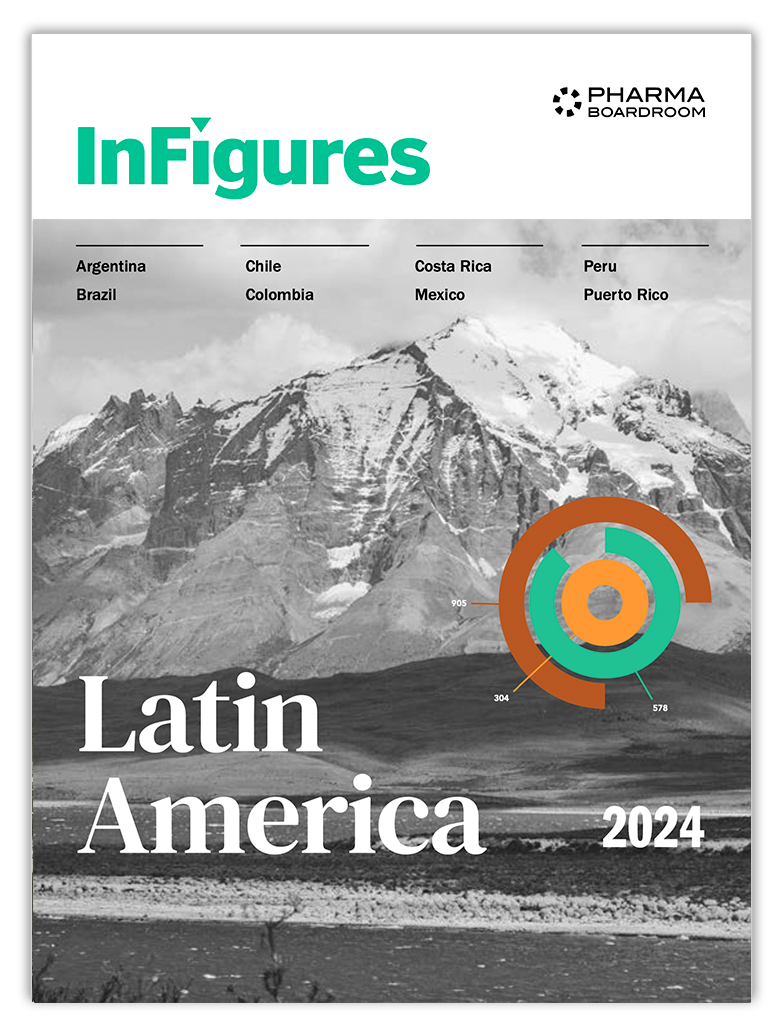Noel Lantin, President of Medicomm Pacific, discusses the company’s evolution from providing medical publishing information exclusively to healthcare professionals to now patients, pharmaceutical companies and others across the value chain. He also discusses the company’s innovative website, as well as future mobile application plans, and how they are tools to increasing both access to and quality of medical care in the Philippines.
To begin, could you please provide our readers with a general overview of Medicomm Pacific’s history here in the Philippines, as well as some of the initial goals of the company?
The primary goal of Medicomm Pacific since its founding in 1992 has been to provide relevant medical information to Filipino doctors, patients, and pharmaceutical companies. We provide both the content and the channels through which information is disseminated. Continuing medical education translates to better skills for doctors and therefore better patient healthcare. Better informed patients make better patients. By being an integral part of this process, we believe we make a significant contribution to better healthcare in our country.
Medicomm Pacific, as the largest healthcare publisher in the Philippines, is active in many different areas, including nursing, midwifery, medicine and pharmacy. What are some of the unique publications that you offer in these different fields, and which areas are you currently seeing the most growth?
[Featured_in]
Yes, we have produced quite a number of unique publications in those areas and also for veterinarians and dentists. Being a Filipino company makes us very responsive to the needs of the local healthcare industry. We are able to produce publications that are truly unique and yet relevant to the healthcare professional. In fact, all of our publications, except for the PPD, have no direct competitor in the market. For example, the CPM or Compendium of Philippine Medicine is a compilation of treatment guidelines from the different local medical societies. These guidelines are compiled and distributed to benefit primary practitioners throughout the country. Another publication that we produce is Better Pharmacy, which is given directly to drug stores and hospital pharmacies. It is both a drug directory as well as a discussion of common health concerns that are encountered in the drug store setting. We have a publication called Better Midwives that is given to thousands of midwives, especially those in the more remote areas of the Philippines, who serve the healthcare needs of mothers and children in the community. We also serve the needs of the animal health industry through a series of reference books for veterinarians. Our leading title is the PVET, a publication now on its 18th year.
While we continue to produce unique print publications, we have also been expanding our digital pipeline. Our most popular product is our website, TheFilipinoDoctor.com. Mostly a doctor-finder, users can also search for information on medicines, drugstores, hospitals and clinics, drug companies and various health topics. The website is for both doctors and healthcare consumers. Digital is definitely an area of rapid expansion for our business.
You collaborate extensively with the healthcare industry to produce your publications. Through this work, what insights have you gained in terms of the most pressing issues facing the country’s healthcare market?
[related_story]
We continue to share in the efforts exerted by the healthcare industry players, that is, increasing our people’s access to better healthcare especially for those in the poorer communities. This, we believe, is still the biggest health issue that the country is facing. The biggest mover remains to be government, and you can see that the president is excited about implementing programs to improve healthcare in the country, and their commitment is clear. For example, the new Secretary of Health is currently in Cuba learning about their healthcare system, which some believe to be one of the best in the world, so you can truly tell there is a desire to improve the system here. Our local PhilHealth coverage has also seen improvements, and this is mainly on the programs that make healthcare more affordable to the people who need it most.
Health literacy rates, as well as compliance, in the Philippines is relatively low. How has Medicomm Pacific worked to improve this situation in the country?
We contribute to healthcare literacy of our consumers through our print and digital communication channels. For print, we have a bimonthly publication, Health.Care magazine, which regularly features health articles. These magazines are given for free in medical clinics and are read by many patients while waiting for their doctor. Our entrance in the midwifery market is a strong effort to disseminate healthcare information to the poorer areas.
Compliance in the Philippines is indeed low. There is a need to continue reminding our patients on the importance of taking good care of their health especially when it comes to completing their medications. Aside from our websites, our digital efforts include text-messaging, apps, and emails. Through these digital channels, we are developing systems to help people in setting-up personal health records, reminding them to take and refill their medicines, and allowing them to have more regular contact with their doctors.
In summary, the key issues in raising compliance are increased convenience, proper record keeping and low costs. We see our services as being key to accomplishing these. These highlight our evolution over the years. Initially our services were geared mostly to the doctors, and now we are placing much more of an emphasis on the patients, expanding the breadth of services that we are offering to the Filipino population.







